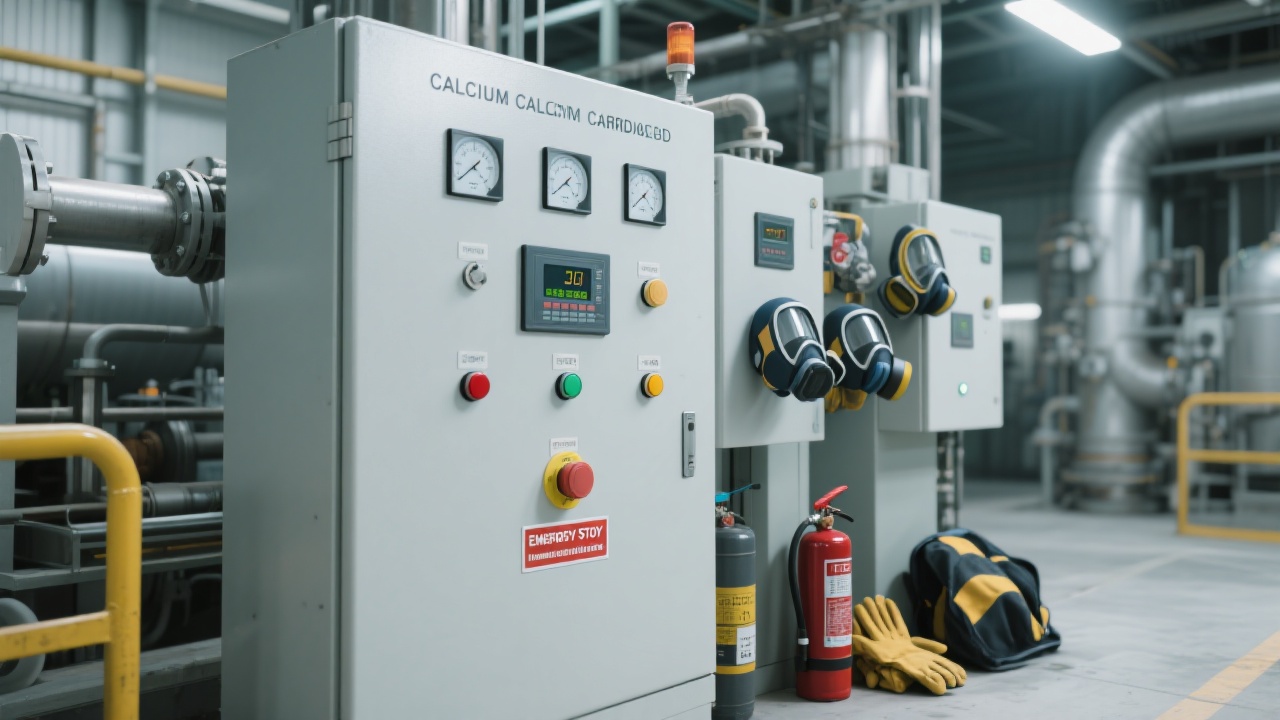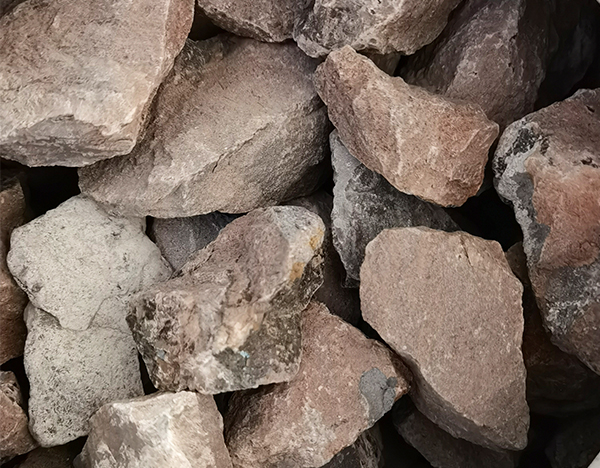
In the realm of the chemical industry, calcium carbide stands out as a crucial inorganic compound. Over the years in this industry, I've found that many procurement professionals often overlook its unique characteristics and strict storage requirements. Understanding these aspects is essential for ensuring safety and efficiency in industrial applications.
Calcium carbide typically appears as a grayish-black lump in its industrial form. Pure calcium carbide is colorless and transparent. When it comes into contact with water, a remarkable chemical reaction occurs. The chemical equation for this reaction is \(CaC_2 + 2H_2O \rightarrow C_2H_2 + Ca(OH)_2\). This reaction generates acetylene gas and releases a significant amount of heat. For example, in a standard laboratory setting, the reaction can raise the temperature of a small volume of water by about 20 - 30°C within minutes. This heat release is not only a key characteristic but also has important implications in industrial applications.

One of the most significant applications of calcium carbide is in the production of acetylene. Acetylene is a vital raw material in various industries, including the chemical and metalworking sectors. In the chemical industry, acetylene is used for the synthesis of numerous organic compounds, such as vinyl chloride, which is used to produce polyvinyl chloride (PVC). In metalworking, acetylene is used in welding and cutting due to its high combustion temperature.
Moreover, calcium carbide is also used in the desulfurization of iron and steel. By adding calcium carbide to molten metal, sulfur impurities can be effectively removed, improving the quality of the final product.
Proper storage of calcium carbide is of utmost importance. It should be stored in a cool, dry, and well-ventilated area. The temperature should be kept below 30°C, and the relative humidity should not exceed 75%. Calcium carbide should be stored separately from acids and alcohols because these substances can react with it, leading to potential safety hazards. For instance, if calcium carbide comes into contact with sulfuric acid, a violent reaction can occur, releasing a large amount of heat and potentially causing an explosion.
When storing calcium carbide, it is also necessary to use appropriate containers. Metal drums or sealed plastic containers are commonly used. These containers should be labeled clearly to indicate the contents and handling instructions. In addition, a proper grounding system should be in place to prevent static electricity from igniting the acetylene gas that may be generated.

In case of a calcium carbide leakage, immediate action should be taken. First, evacuate the area to ensure the safety of personnel. Then, use dry sand or other non - reactive materials to cover the leaked calcium carbide to prevent it from reacting with moisture in the air. The leaked material should be collected carefully and disposed of properly according to local regulations.
In 20XX, a chemical plant in [Location] experienced a serious accident. Due to improper storage of calcium carbide, it came into contact with water that had leaked from a nearby pipe. The resulting reaction generated a large amount of acetylene gas, which ignited and caused an explosion. The explosion damaged the storage facility and surrounding equipment, and several workers were injured. This incident serves as a stark reminder of the importance of following proper storage and handling procedures for calcium carbide.
To ensure the safe and efficient management of calcium carbide, companies should establish a comprehensive monitoring system for storage conditions. Regular inspections should be carried out to check the temperature, humidity, and integrity of the storage containers. In addition, an emergency response plan should be developed and regularly updated. This plan should include procedures for dealing with leaks, fires, and other potential accidents.

In conclusion, calcium carbide is a valuable industrial material with unique properties and wide - ranging applications. However, its safe handling and storage are essential to prevent accidents and ensure the smooth operation of industrial processes. By understanding its characteristics, following proper storage procedures, and having effective emergency response measures in place, companies can make the most of calcium carbide while minimizing risks.
If you're interested in learning more about the safety and efficiency of using calcium carbide in your industry, click here to explore our comprehensive solutions. Do you have any specific concerns or questions about calcium carbide in your business? Share your scenario, and I'll send you 3 case studies of successful solutions from the same industry.











